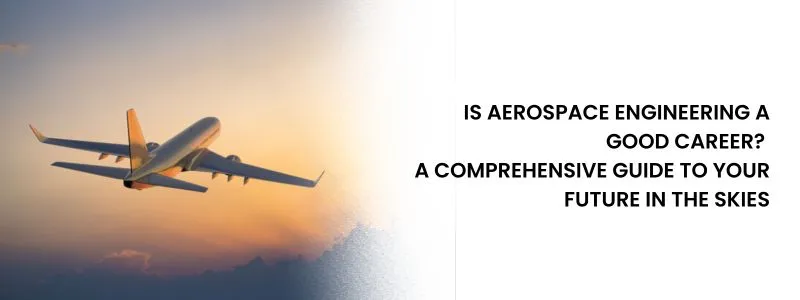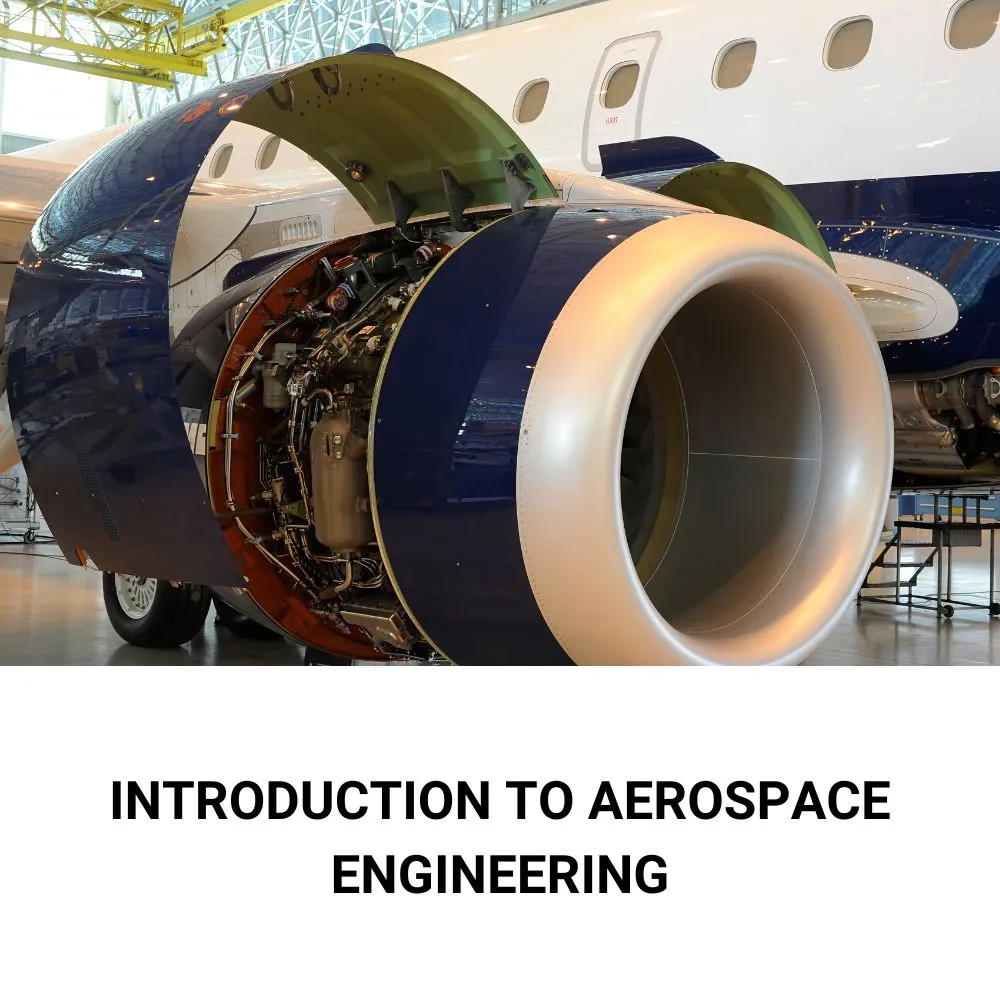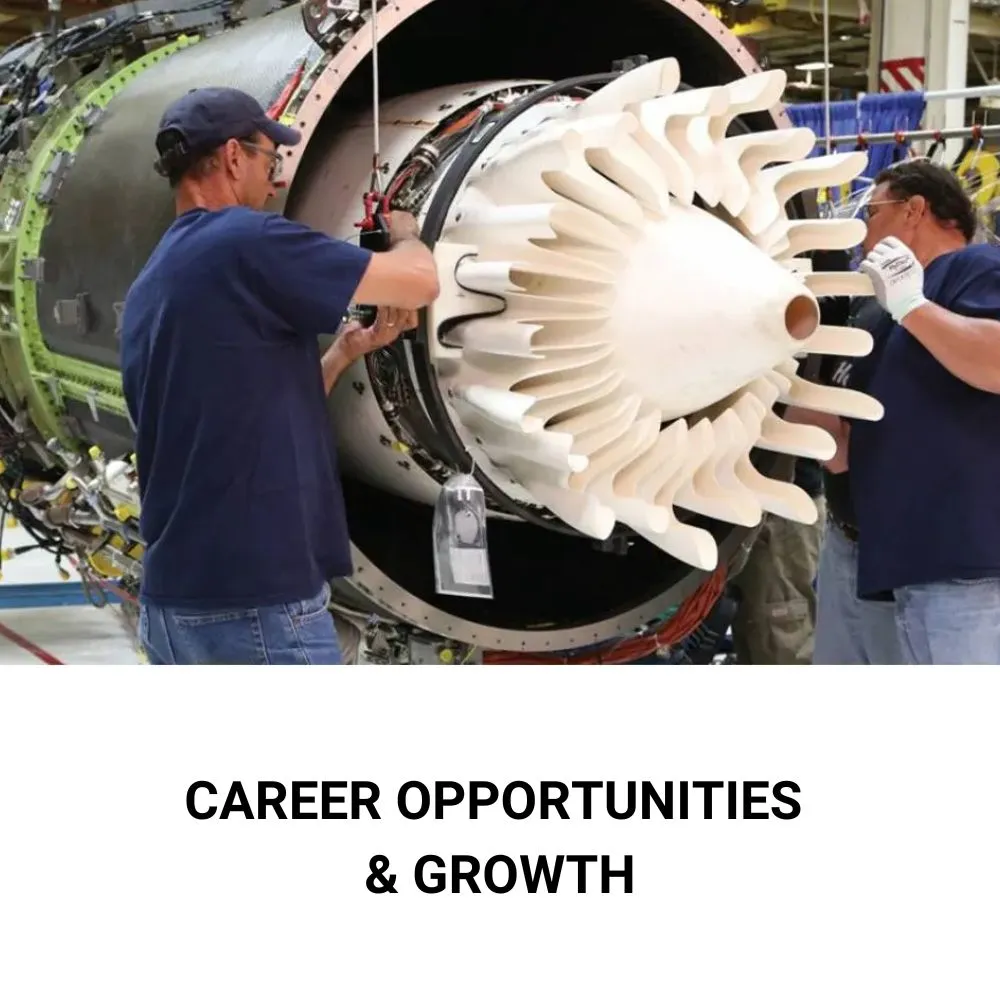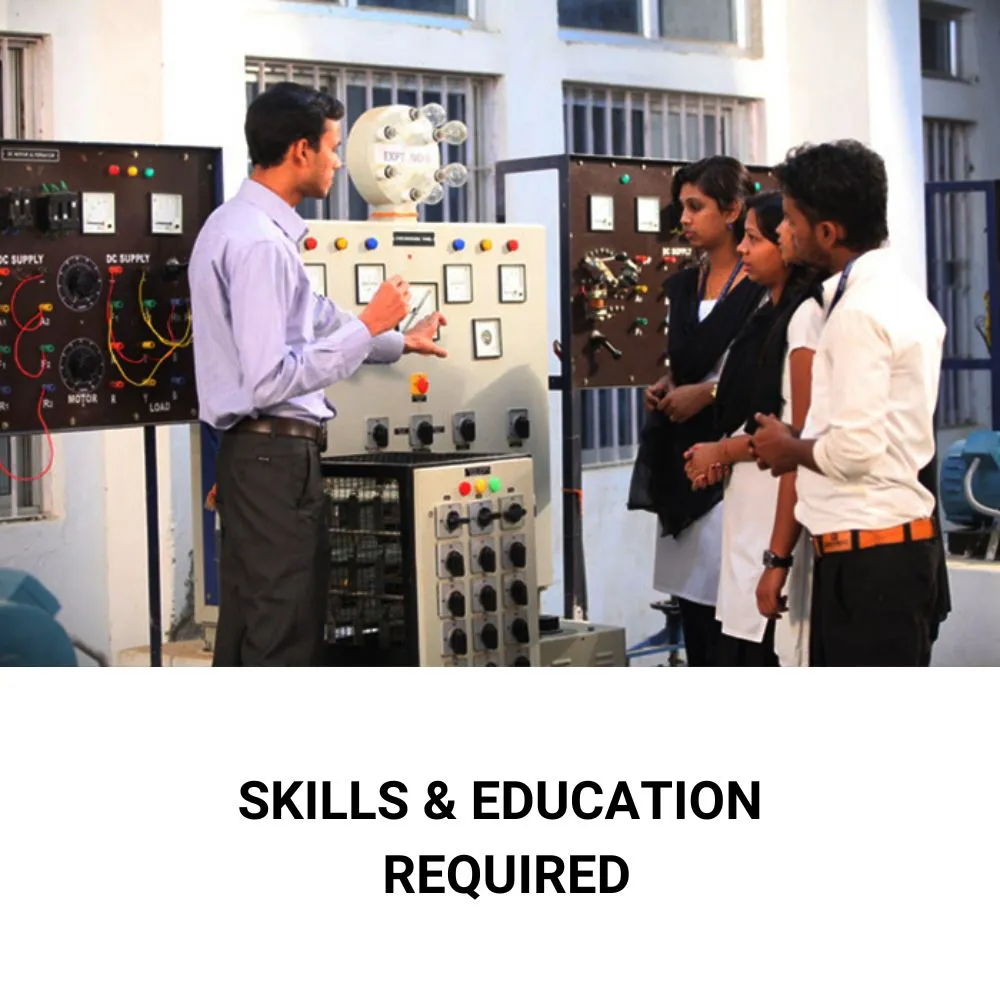
Aerospace engineering is dynamic; it covers design work, maintenance and production of aircraft and spacecraft. Innovation within this industry is constantly progressing to aeronautics, space exploration, and defense, providing varied spaces for all enthusiasts in technology. Aerospace engineering also ranges from commercial airliners to outer space; therefore, it acts critically in future technology developments for transport and exploration.
Aerospace engineering offers diverse career opportunities in aviation, defense, and space technology. As the aerospace sector advances, there is an increase in commercial space travel, green aviation, and satellite technology propulsion, creating a demanding requirement for skilled professionals.
The study of aerospace engineering encompasses the aspects of aviation, defense, and space technology. The market sectors always demand skilled professionals equipped to handle the advancement of new technologies and applications in commercial space travel, green aviation, and satellite propulsion technologies.
The fastest-growing sector in India is undoubtedly the aerospace sector. By 2025, it will become an Indian aviation market of $8.4 billion USD (70,000 crore in INR), registering a compounded annual growth rate of 5.9%. Major contributors include Hindustan Aeronautics Limited (HAL), ISRO, and MoD, which would create a superabundant number of jobs for aerospace engineers in India.
Even industry giants are soaring in the sky. According to the International Air Transport Association, "More than selling 40,000 aeroplanes till 2025 will raise $1 trillion in possessions for the global aerospace industry." The more people fly, the more commercial aircraft units they need.
The BLS expects employment for aerospace engineers to grow by 6% between 2023 and 2033, faster than the average growth projection for all occupations. The median annual wage of aerospace engineers is $130,720, or about 1.08 crore in INR.




Aerospace engineering involves a high math and physics foundation for understanding engineering principles. Generally, a bachelor's degree in aerospace engineering or other closely related fields will be required, with possible areas of specialization in aerodynamics, material science, or propulsion systems. Sometimes, studies carried further, along with the extension of certifications, open more employment horizons, particularly for modern avionics and spacecraft design technologies.
Prestigious Indian institutions for aerospace programs, like IITs and the Indian Institute of Space Science and Technology (IIST), produce highly skilled graduates in high demand among aerospace companies.
Some of the world's well-known names that offer prospective aerospace engineers training programs, internships, and hands-on experiences include NASA, Boeing, and Airbus.
The United States aerospace and defense industry will employ about 2.5 million by 2023. With advanced technology in aviation and space exploration, employment is likely to increase.
The future of aerospace engineering in India looks bright as technology advances in sustainable aviation, space exploration, and defense advancements. Innovations in electric aircraft, satellite technology, and space tourism will increase aerospace engineers' requirements and scope.
Many prospectuses for Indian and foreign companies open the doors for aerospace manufacturing in India through government initiatives such as "Made in India." Programs like the National Aerospace Laboratories (NAL) and the Aero India Expo stimulate innovation and industry collaborations.
Reduced carbon emissions in aviation and increased capability for space exploration are some aspects that will shape the future of the aerospace sector. Aerospace engineers will lead the challenges that face the industry today.
Aerospace engineering provides opportunities to work on the first projects and contributes to advancement in technology on a global scale. A rewarding career if you love the skies and the thought of being in space would be aerospace engineering.